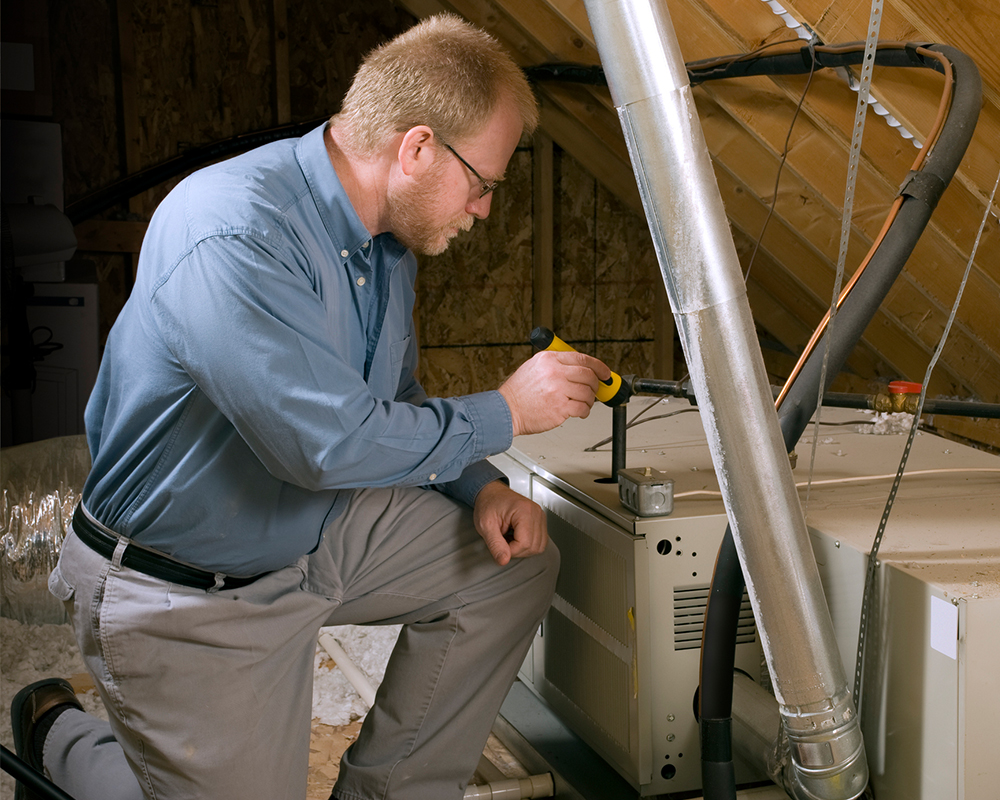When joint pain can no longer be assuaged by non-surgical treatments, many patients turn to orthopedic surgeons for relief.
Fortunately, today’s joint replacement procedures are much different from those of the past.
That’s a comforting thought, because the number of knee and hip replacements being completed in the U.S. is increasing.
The demographics also are shifting younger. In years past, surgeons didn’t like to operate on patients they deemed “too young” because the probability of second or even third surgeries was higher.
However, implants now last longer, which helps many surgeons feel more confident recommending surgery.
“I recently did a hip replacement on a chef who’s getting ready to open a restaurant,” says Dr. Kenneth Chakour, a fellowship-trained orthopedic surgeon who specializes in robotic knee replacement at Fox Valley Orthopedics. “He’s 31. He couldn’t stand long enough to cook. There’s no reason he should go suffer and lose his job just because he’s young.”
Not only are materials improving, but so are the surgical procedures.
The American Academy of Orthopaedic Surgeons says the percentage of elective primary total knee replacement cases utilizing robotic assistance is now close to 12%. There are several robotic systems available; surgeons, hospitals and clinics simply choose the right fit for their practice.
The simplest way to visualize the robotic-controlled surgery is a combination of computer, camera and robotic arm that holds a saw during surgery.
This approach helps to reduce cutting of soft tissue, restore balance to the joint and improve accuracy.
“Of course, I don’t need a robot to do surgery,” Chakour says. “But I’d argue that less than a millimeter accuracy time and time again is not attainable without a robot. I compare it to using a GPS. I know how to get home from my clinics, but I also check the best way to get there.”
Fox Valley Orthopedics is located in Geneva, Elgin, Barrington and Algonquin. Schedule a visit at (630) 584-1400.















